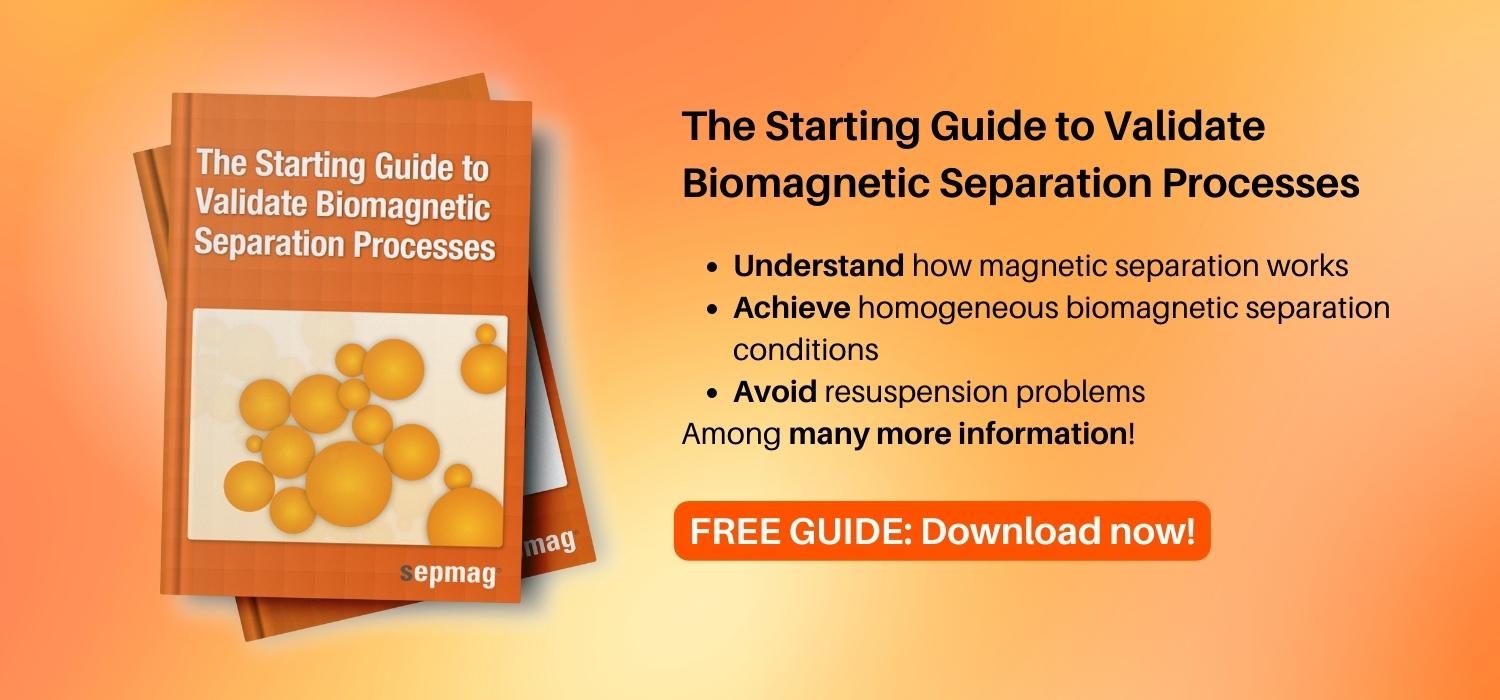What is process validation and why do we do process validation?
Good manufacturing practice is an essential part of the production of human drugs, veterinary drugs, biological and biotechnology products, and pharmaceutical ingredients. These commercial processes are subject to regulatory oversight and must ensure that every aspect of the production process is carefully scrutinized. The purpose of process validation is to collect data and scientifically analyze the production process from conception to large scale production. An updated process validation protocol is essential to ensuring product quality and consistency. Many laws have been established to mandate process validation in order to protect consumers, especially in the case of pharmaceutical products.
Process validation in the pharmaceutical industry takes the same form as process validation in all other industries, but the stakes are higher because the product is made for human consumption. Moreover, pharmaceuticals are made to alter the natural biochemical pathways in the human body, so these chemicals must be formulated correctly and consistently every time. Additionally, the products must be stored properly and shipped under climate-controlled conditions in order to ensure efficacy once reaching the consumer.
How do we do process validation?
There are three main stages to any process validation protocol:
- Process Design
- Process Qualification1.
- Continued Process Verification
1. Process Design
This is the research and development stage of the process. It is during this time that methods for creating the product are established and tested. Most of this work is performed at a small scale so problems can be identified and corrected quickly. Meticulous record-keeping is essential during this stage. These records will form the basis of knowledge about the production strategy, and may be useful later on for identifying optimal methods and troubleshooting problems.
2. Process Qualification
During the process qualification step the process design is carefully studied to determine whether or not it is capable of producing a consistently reliable product. Standard operating procedures have been established prior to this stage, and they are tested here. The product must be analyzed and be deemed acceptable for commercial production. Every aspect of the established process is scrutinized. This includes ensuring that the production facility was built according to code. The transportation and storage of raw materials storage must be appropriate and consistent to ensure integrity and safety of the final product. Employees must be trained to perform and document each step of the process with accuracy and precision. Additionally, the must be well-defined sampling points where the product will be tested to meet defined standard before moving on through the process. It is also helpful at this stage to consider any opportunities for things to go wrong and to develop contingency plans. Any documented mistakes or failures during the process design stage will be useful here.
3. Continued Process Verification
Once the production process qualifies and is shown to be reliable and consistent it is important to continue product sampling, analysis, and verification. Trained personnel must be in charge of ensuring quality control. Employees should be encouraged to report any anomalies observed at any time, and this information must be well-documented. Facility and equipment maintenance schedules must be adhered to, and standard operating procedures must be followed at all times.
These three stages of the process validation protocol must be completed under strict regulatory oversight for pharmaceutical products. They are also applicable to any commercial venture. The mark of any high quality product is reliability
Even in the research lab it can be helpful to follow process validation protocols because it can improve consistency between experiments and reproducibility of results. One area where process validation is useful is with biomagnetic separation processes. Consistency between batches and an improvement in working time and efficiency are all benefits of using process validation throughout the biomagnetic separation process; It can even help to avoid reproducibilty issues with in-vitro diagnostics (IVD). .Sepmag’s modern biomagnetic separation racks come with process validation software built in so that every separation is accompanied by quantitative information.
Related news
- Properties of nanoparticles
- A collaboration with Bang! Science Magazine
- Reversible aggregation of magnetic particles using a temperature-responsive polymer





